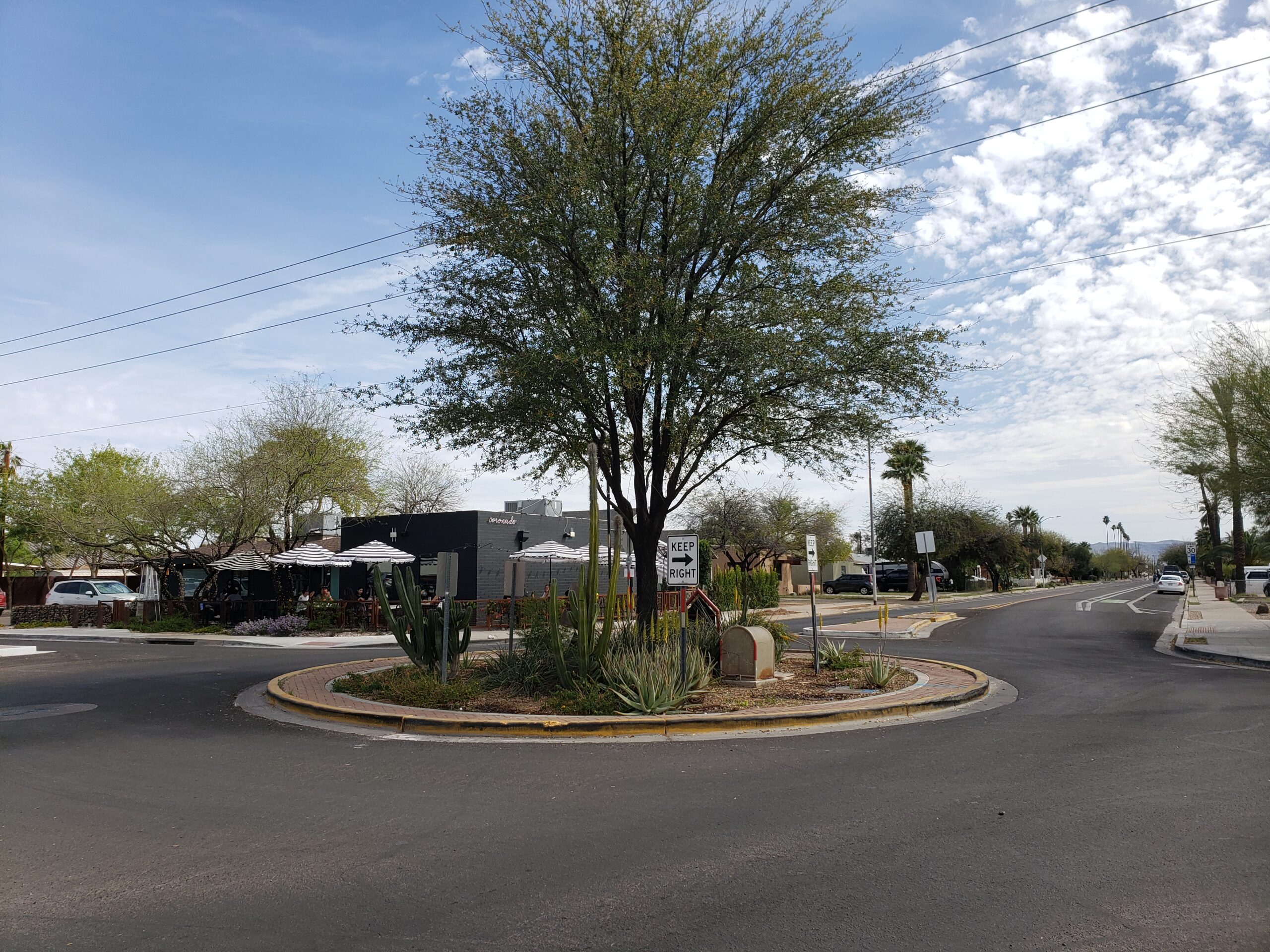Our lives today are anything but slow. We feel the need to be constantly connected, have something in an instant, or make split decisions. All of this takes a toll on our mental health and well-being. As you read this article, read it slowly, think about the things and places you enjoy, and just stop for a few moments to pause.
During that (brief or long) moment of pause, what did you think about? Now pause again, and this time close your eyes and wonder: What do I imagine when I think about going on a slow journey? Where were you? How do you think you will feel? These are questions that conjure your fascination and imagination for travel.
To many people, tourism is an opportunity to temporarily step away from our fast-paced lives. We can do something leisurely that we enjoy, so that we can rest or relax, but the planning and process can take us back to feeling rushed. This again makes ‘disconnecting’ a challenge. Some people seek more adventure or want to challenge themselves by hiking or cycling across remote rough or scenic terrain, which Arizona has an abundance of. Slow tourism is more than escapism, it’s about people going out and focusing on a unique lived experience. It’s about the individual finding what they want, which may differ from the standard tourism attraction. Slow tourism is about trying, finding or learning something new and not feeling pressured or rushed into making split-decision purchases. Slow travel puts emphasis on environmental or socio-cultural sustainability, whereby one finds self care through purposeful experiences that shape the meaning of their travel journeys. Slow tourism is also difficult to manage because each traveler will co-create the experience they seek, and this will differ from demand patterns, segmentation and the notion of touring and rushing between attractions with stop after stop.
 A challenge for planners and those who work in destination marketing is how to advertise slow tourism. Too much investment in advertising can take away from the slow experience and distract from the appeal. When we consider rural areas, people are attracted to the wilderness and scenic beauty without the crowds, so marketers need to balance activity and awareness. Take for instance the Arizona Trail which people can hike from the Colorado National Monument at our southern border with Mexico to Coyote Valley and our northern border with Utah. There will ultimately be parts of the Arizona Trail with higher yields of visitors, like the Grand Canyon, and areas which is a tourist hot-spot for the state, and areas with proximity to the state’s urban areas, such as Flagstaff (which is a base camp for northern Arizona travel), Coronado National Forest near Tucson, and Tonto National Forest near the Phoenix metro area. As a corridor that crosses different natural settings, elevations and cultural areas, it gives the slow traveler a chance to embrace the diverse environmental and cultural settings Arizona has to offer.
A challenge for planners and those who work in destination marketing is how to advertise slow tourism. Too much investment in advertising can take away from the slow experience and distract from the appeal. When we consider rural areas, people are attracted to the wilderness and scenic beauty without the crowds, so marketers need to balance activity and awareness. Take for instance the Arizona Trail which people can hike from the Colorado National Monument at our southern border with Mexico to Coyote Valley and our northern border with Utah. There will ultimately be parts of the Arizona Trail with higher yields of visitors, like the Grand Canyon, and areas which is a tourist hot-spot for the state, and areas with proximity to the state’s urban areas, such as Flagstaff (which is a base camp for northern Arizona travel), Coronado National Forest near Tucson, and Tonto National Forest near the Phoenix metro area. As a corridor that crosses different natural settings, elevations and cultural areas, it gives the slow traveler a chance to embrace the diverse environmental and cultural settings Arizona has to offer.
A misconception of slow tourism is that it is solely about venturing away to the most remote parts of a state. Slow travel is not just off-the-grid travel. Slow tourism is an alternative in urban destinations as well. The Phoenix metro area has a plethora of museums, art, trails and entertainment options. Visiting the vast array of public art in neighborhoods like Coronado, all while stopping at the quaint coffee shops and local restaurants is a way for travelers to connect with communities and support local businesses. Neighborhoods around the metro area can embrace the slow tourism movement by welcoming visitors to their community and showcasing the range of unique experience offerings that one can do. The Valley Metro, for instance, creates an urban corridor connecting people from Mesa to Phoenix through Tempe. People are transported between local restaurants, art districts and settings for popular entertainment. The use of public transport takes the stress away from driving, allowing the traveler to flow through the city at their own slow pace.
So when we think about slow tourism, think about the experience that is unique to you, and which you can co-create by focusing on what you enjoy. The slow tourism movement is about connecting with nature or people in different settings and communities, all the while being conscious of how we can be more environmentally and socially sustainable.






